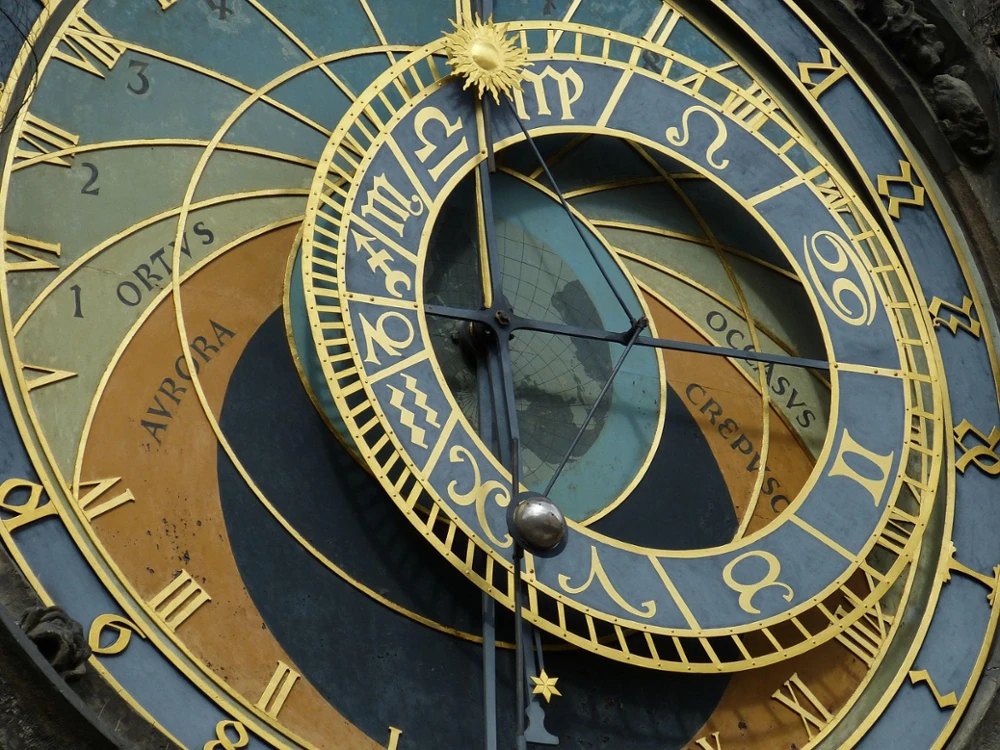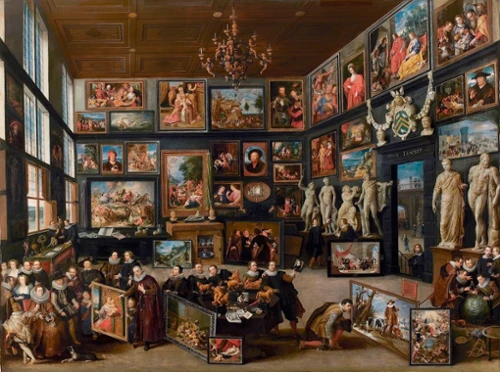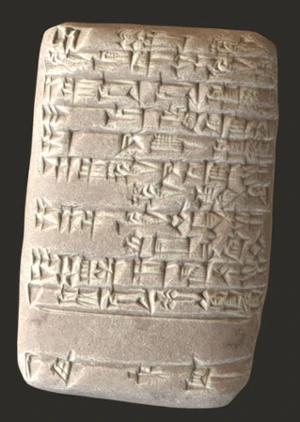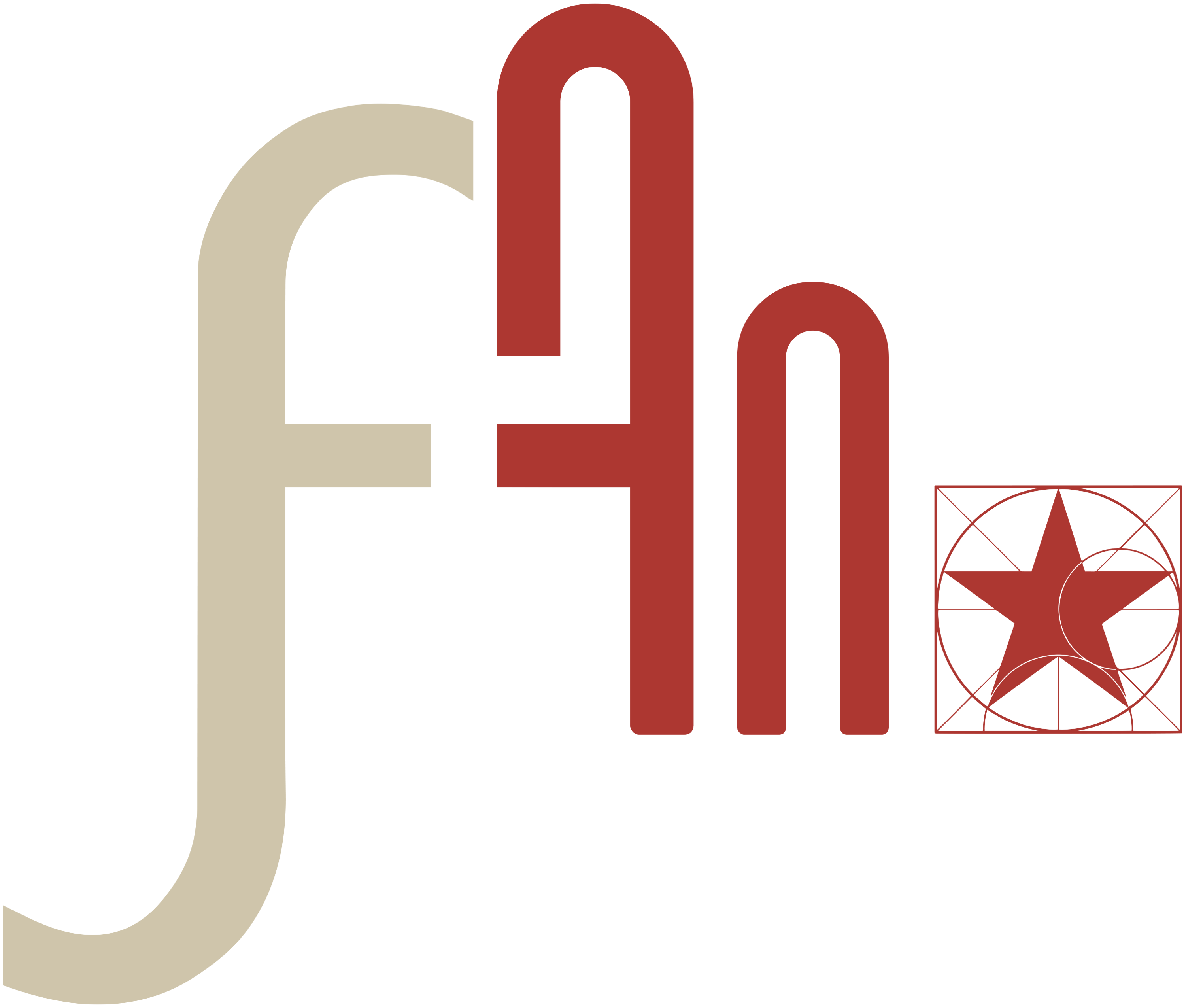The three scientific axes of the GPR FAn
Axis 1: Constructions of time and the challenges they represent
Before the modern era, no universal calendar and no easy way to calculate time were available. Astronomy was used to measure time by observing the stars, astrology and cosmology to interpret it, linking the world of men and the world of gods, earth and heavens, while the telling and determining of time was a matter for civic and religious authorities. These questions will be at the heart of the program’s reflections on how time – past, present, prophetic and eschatological – was conceived in ancient societies. Changes in the modes of historicity, i.e., in the ways of thinking about the relationship with time – will be studied in the different cultural areas represented. The contribution of science and the history of science, in particular astronomy and biology, will be significant in this connection. It will shed light on the complex interactions between astronomy and chronology, and their structuring character on cultures. It will, furthermore, enable us to integrate, for prehistory in particular, scientific constructions of the past through physicochemical and archeological dating methods.
Prague astronomical clock
Reflections on origins and beginnings, on periods viewed as primordial or as a “first times,” and on archaism are another central aspect of the relationship to time and the past particularly when it comes to defining oneself both for oneself and in relation to others. In this context, the study of origin myths and their relationship to a given present not only raises the question, central to the religious sciences, of the relationship between myths and rites, but also offers an opportunity to problematize the ways social institutions and scientific knowledge are constructed. At a second level, the question of historical periodizations as determined in ancient societies as well as in modern and contemporary periods will provide another perspective on the relationship with time. What is at stake in the definition of “Antiquity” and “Middle Ages,” two notions derived from European history? What happens if we shift the analysis beyond this perimeter, for example to India, where concepts of classicism, the Middle Ages and feudalism have played a major role in historiography, or to Byzantium and the medieval Near East? To take just one example, “Late Antiquity” on which a large number of PSL researchers are working is a heuristic object in its own right. Correlatively, the question of literary, linguistic and scientific canonization, as well as that of defining what is considered “classic,” in ancient societies as well as in modern and contemporary periods, will benefit from comparison between the Chinese and Japanese worlds, the Greco-Latin world, the ancient Near East and Egypt, for example, all represented in their full diachronic depth in the program.
Axis coordinators: Matthieu Husson (Observatoire de Paris-PSL), Francesca Prescendi Morresi (EPHE-PSL) and Charlotte Schmid (EFEO).
Axis 2: Constructions and representations of ancient times

Willem van Haecht, The Gallery of Cornelis van der Geest, 1628, oil on canva, Rubenshuis.
The second research axis focuses on the various ways in which ancient worlds are constructed, mobilized and manipulated, not only by the “specialists of the past” of different cultural milieux (bards and poets, historians, chroniclers, priests, etc.) but also at the level of artistic and scientific representations, political and religious discourse and popular appropriations. The museum construction of Antiquity – which began in Antiquity itself – occupies a place of prime importance, as does the representation and construction of prehistoric times by naturalists and archeologists from the end of the 18th century onwards.
This research axis focuses more specifically on how historical knowledge is created and established – by people, institutions, networks, through genres, disciplines, methods, limits, etc. – as well as on the problems associated with competing claims to authority, for example between academic discourse and fundamentalist, nationalist or populist discourse.
The study of the reception of ancient worlds – from Antiquity and the Middle Ages in the traditional taxonomy – and its modalities has developed to the point of often presenting itself as a discipline in its own right, particularly as a "hermeneutics of contemporaneity.” Moving beyond such limitations, the program will consider this “reception” as an aspect of the perpetual reconstruction or renegotiation of ancient worlds in various eras. It will thus highlight the processes and issues involved in the ongoing resemanticization of bodies of cultural representations.
Axis coordinators: Olivier Delouis (CNRS), François Quantin (EPHE-PSL) and Valentina Vapnarsky (EPHE-PSL).
Axis 3: The linguistic shaping of the world: languages and scripts as historical objects
Because they carry and shape thought, languages are an essential vector and driving force behind the social, political, cultural and religious representations of both ancient and modern societies.
The variety of ancient languages taught and studied within PSL is unparalleled in France and Europe. Languages are studied in all phases of their evolution (over 4000 years for Egyptian-Coptic, over 3000 years for Sanskrit and Indic languages, and almost as long for Greek and Chinese, with several specialized chairs in each case), in their relationship with related languages (e.g., Indo-European, Afroasiatic or Sinitic languages), and in some cases with chairs that are unique in the world (e.g., Meroitic, Elamite, Tokharian, East Caucasian languages). As ancient languages are only accessible in written form, languages and scripts are studied in an organic relation extending to electronic fonts. The committing of a language to writing, its standardization and destandardization, contact phenomena between languages, the spread of languages and scripts over vast cultural areas, the use of scripts and the indexical values attached to these, languages written down in several scripts, the constitution of a particular state of a language into a classical language, the sacred values attached to a language and/or a script, linguistic performativity in context (ritual, legal, etc.), the obsolescence and death of a script or language: languages and scripts are plainly historical objects, determined by the societies in which they exist. Historical linguistics, the various philosophies of language, and research into the origins of human language and prehistoric symbolism complement the program’s multi-faceted approach.
Axis coordinators: Muriel Debié (EPHE-PSL), Daniel Petit (ENS-PSL et EPHE-PSL) and Olivier Venture (EPHE-PSL).
The variety of ancient languages taught and studied within PSL is unparalleled in France and Europe. Languages are studied in all phases of their evolution (over 4000 years for Egyptian-Coptic, over 3000 years for Sanskrit and Indic languages, and almost as long for Greek and Chinese, with several specialized chairs in each case), in their relationship with related languages (e.g., Indo-European, Afroasiatic or Sinitic languages), and in some cases with chairs that are unique in the world (e.g., Meroitic, Elamite, Tokharian, East Caucasian languages). As ancient languages are only accessible in written form, languages and scripts are studied in an organic relation extending to electronic fonts. The committing of a language to writing, its standardization and destandardization, contact phenomena between languages, the spread of languages and scripts over vast cultural areas, the use of scripts and the indexical values attached to these, languages written down in several scripts, the constitution of a particular state of a language into a classical language, the sacred values attached to a language and/or a script, linguistic performativity in context (ritual, legal, etc.), the obsolescence and death of a script or language: languages and scripts are plainly historical objects, determined by the societies in which they exist. Historical linguistics, the various philosophies of language, and research into the origins of human language and prehistoric symbolism complement the program’s multi-faceted approach.
Axis coordinators: Muriel Debié (EPHE-PSL), Daniel Petit (ENS-PSL et EPHE-PSL) and Olivier Venture (EPHE-PSL).

Administrative tablet dated to the reign of Amar-Suena, 2037–2028 BCE: record of the barley harvest collected in the province of Umma (EPHE collection) © AOROC (CNRS/PSL) / SCRIPTA
